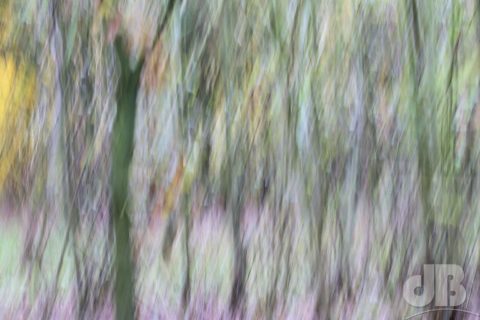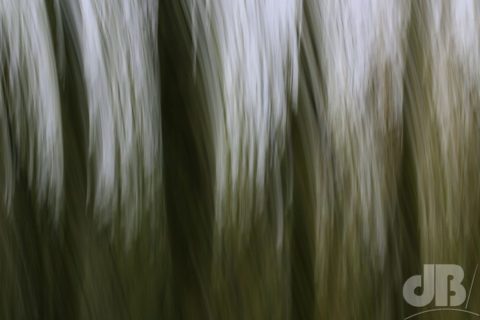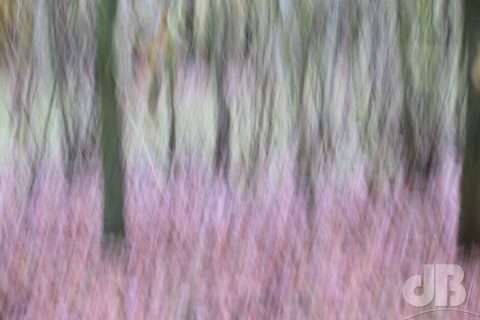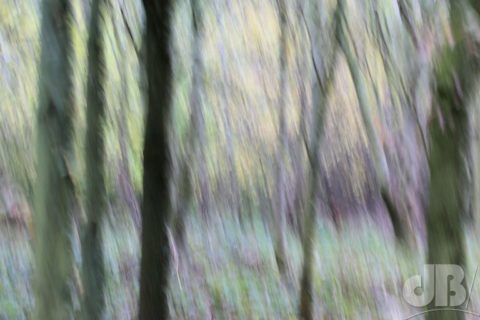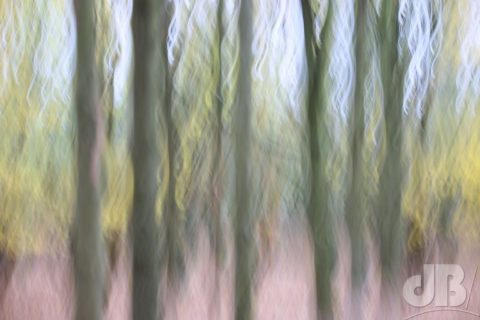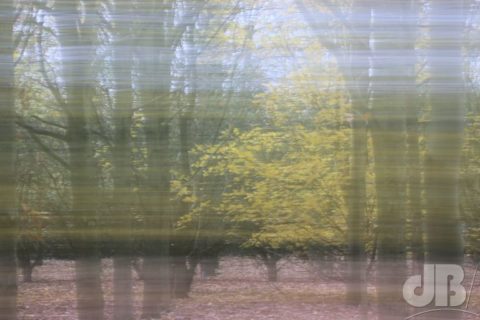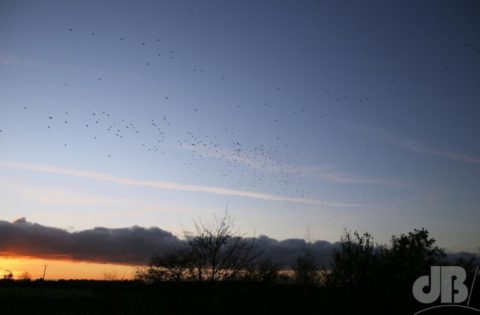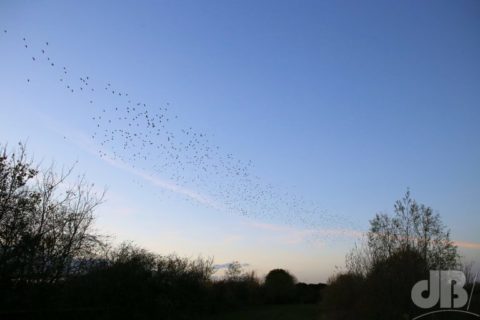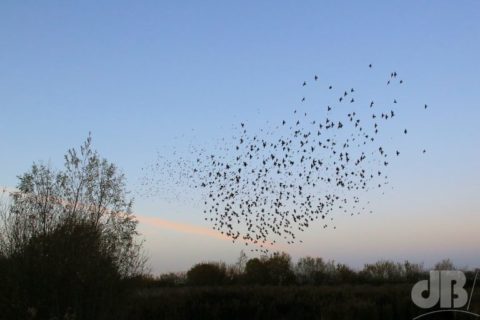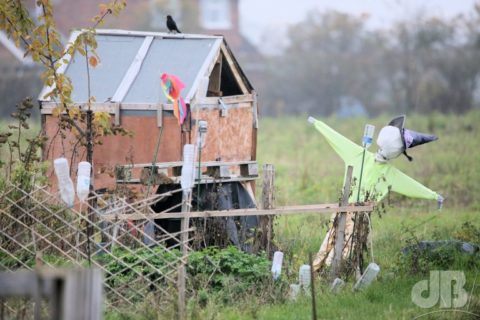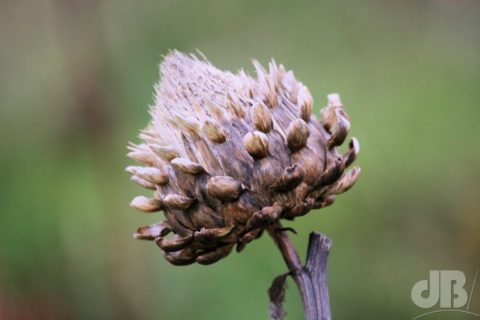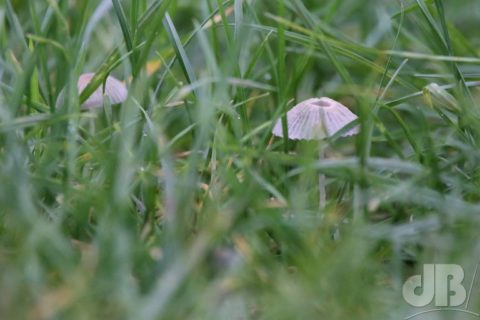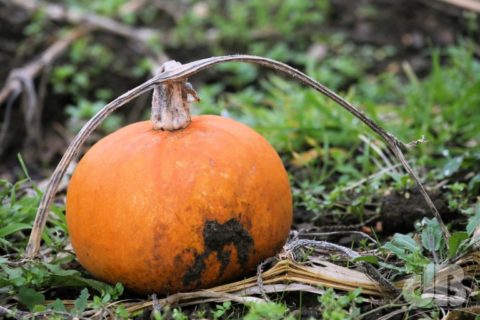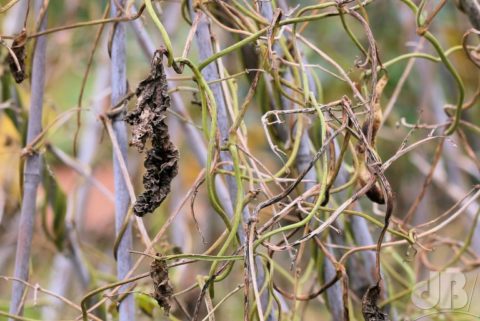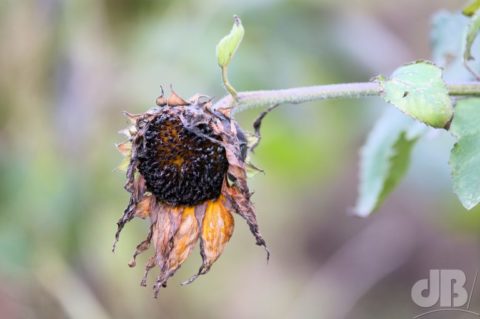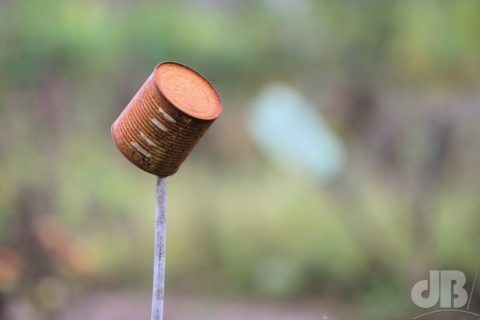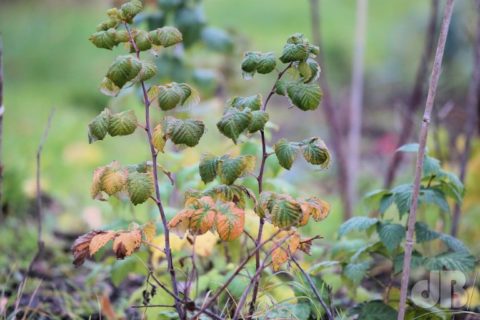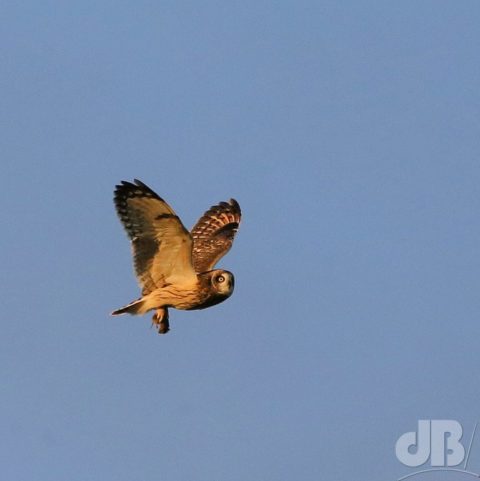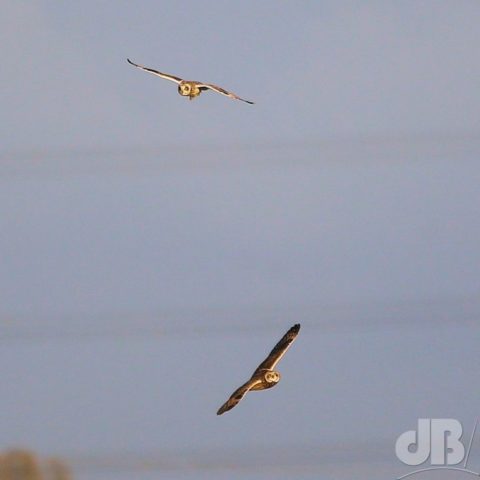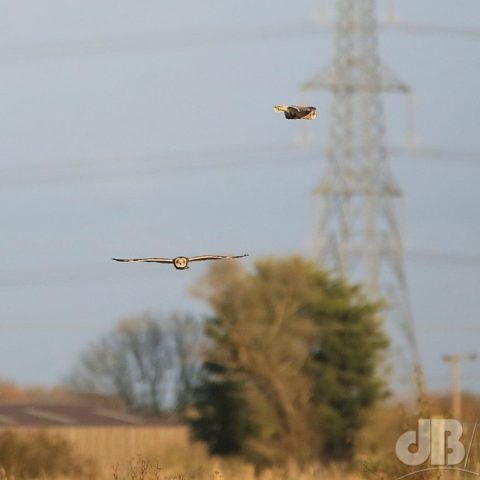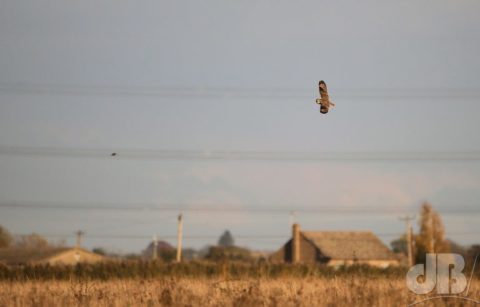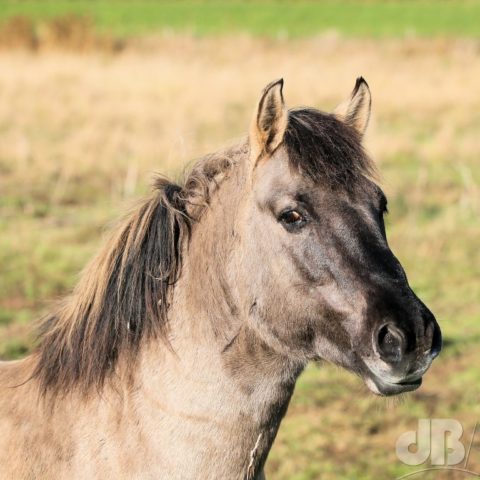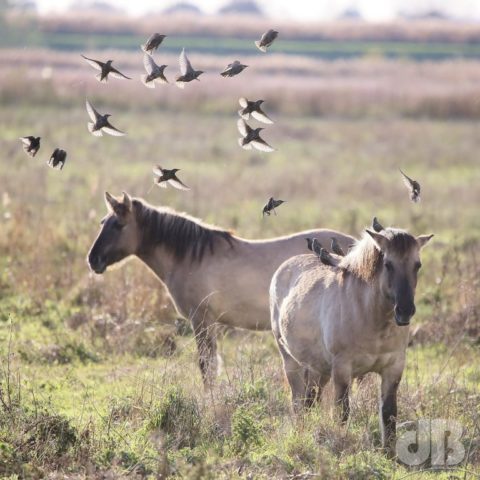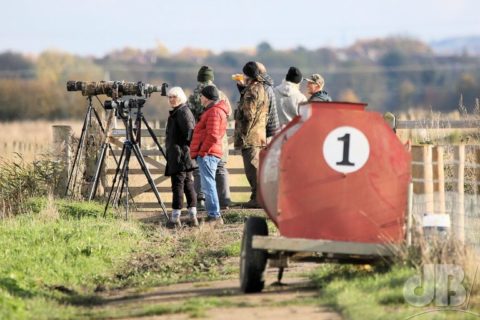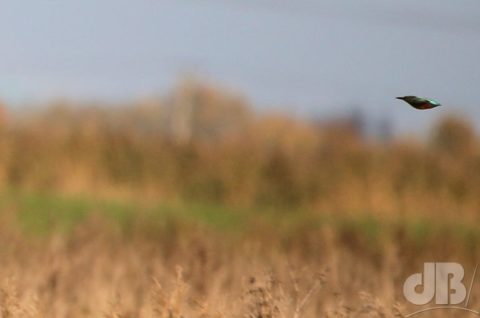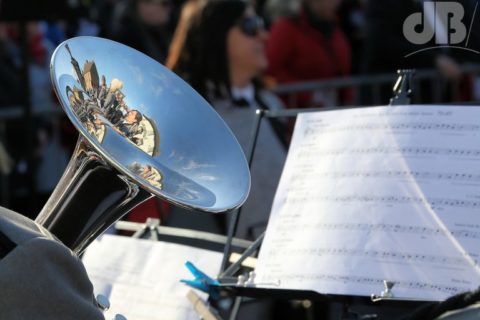Eyes are a worry aren’t they? I use mine a lot…but I have all these little floater things bobbing about, I see them when I use my PC, when I’m on the phone, when I’m outside on a sunny day, sitting reading, watching TV, playing guitar, taking photos, singing.
All the time, actually.
They’re always there. I was getting worried.
Couple that to the need to find my glasses to read anything at all or look at an object any smaller than an inch across, and it’s all a bit worrying.
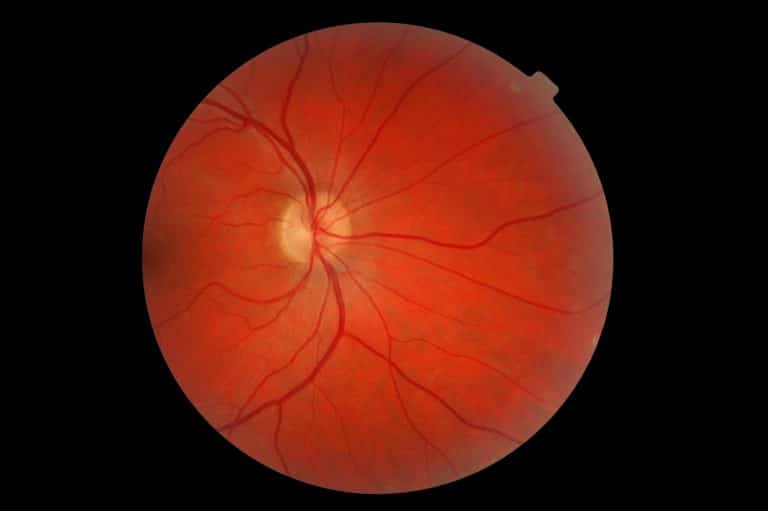
So, nice to have an eye test where nothing truly untoward is revealed, just a slight and inevitably sliding into age-related long-sightedness and a new prescription for computer glasses and reading glasses. Those floaters, apparently, I’ve not got many at all, all very normal and healthy in there. Look, here’s your retina, how healthy is that?
Oh, but there’s glaucoma in the family and my eye pressures were slightly different from each other (15 in the right eye 19 in t’other). That means I have to have a so-called “field test” Look at the tiny, faint white lights on this screen and click a button to say you’ve seen one as they illuminate randomly across your field of vision.
I was not seeing the light in the field test, well, one faint point. I was consistently missing it in the test and had missed the same point point the last time…retinal damage, something amiss? Immediate neurotic conclusion is that blindness is coming and I need to get to the hospital urgently, but also my inherent urgent not to be anywhere near a hospital despite chronic hypochondria had me making a request of the optician:
Can I do the test again just to be sure?
Of course!
So, I did it all again and this time I scored 100% for both eyes. Didn’t miss a single point of light across my visual field, so that’s good, no damage, just a transient, albeit repeated, ocular glitch. All good. Pressures tests showed both eyes the same, give or take, 13 and 14 units; smack in the middle of normal.
My new computer glasses do look a bit trendy and they let me have a Calvin Klein case for them, even though they’re not CK, so any fashion-conscious friends can feel envious. I will undoubtedly wear that at gigs so I can see my music, they’re focal length is a couple of feet, which is right for PC monitor and music stand alike.
Eyes really are a worry…



